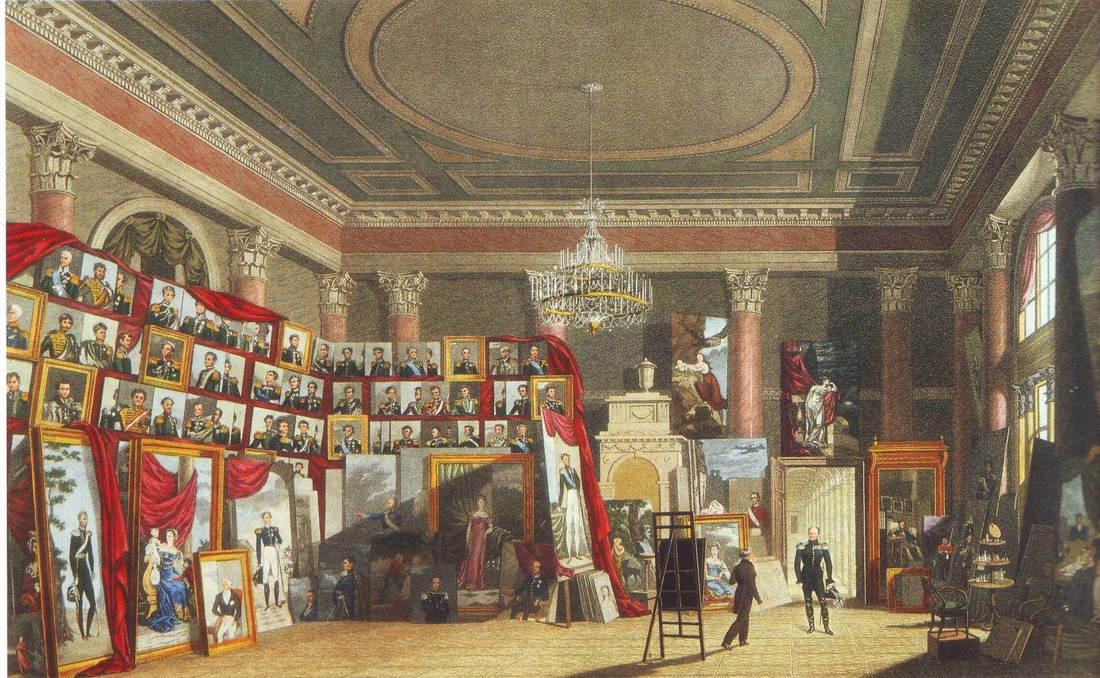- Home
- NEWS
-
PRACTICE
-
MARKETING
- How to write an Artist's Statement >
- How to write an Artist's Resume or CV >
- How to sign a painting, drawing or fine art print
- Business Cards for Artists
- How to write a press release for an artist
- The Private View Invitation
- Publicity for Juried Exhibitions
- Websites for Artists >
- Image & Video sizes for Social Media Sites
- How to be mobile-friendly
-
SELL ART
- FRAME ART
-
SHIP ART
-
COPYRIGHT
-
MONEY & TAX
- About + Help
- BANKING
Tips for cataloguing your artwork for your estate
- and how to make life easier for your Artistic Executor
- and how to make life easier for your Artistic Executor
In order for Executors to deal appropriately with an artist's artwork, they first need to know what artwork exists, what it looks like, what its title is, the material used to create it and where it has been exhibited (if at all) and if it is sold and, if not, where it can be found.
Tips for Artists
|
Return to THE ART LEGACY
|
|
Create a digital record
Use a digital camera and/or scanner to make a record of the work. Those who are used to doing this for exhibitions, websites or blogs will know how to get a good image. In general you need to:
Access It's important that executors know how to access any inventory records which are created
|
Provenance
Establish the provenance of each item of artwork made (including those sold if you want to be thorough and it is likely to be relevant to posterity). This is especially important for those artists whose artwork has value and can be licensed after their death and copyright ownership needs to be established. Use a simple spreadsheet for the records - this makes it easier to sort data. Alternatively use software designed for managing stock of art. Make a record for each image of:
|
ADVERT
Tips for Executors
|
Before you can dispose of artwork you first need to know what exists!
Inventory Cataloguing the artwork: The process for cataloguing artwork is the same as that which should be adopted by the artist (see Tips for Artists).
|
Valuation
Get an appropriate and knowledgeable art professional to value the work for disposal.
REFERENCE
|
|
Inventory Software / Webware
Below is a list of different ways of keeping an inventory of artwork. Some are cloud based webware and some require you to download or upload software to a machine - which it must be compatible with. CLOUD BASED
|
|
ABOUT ART BUSINESS INFO. FOR ARTISTS
This website aims to provide a compendium of resources about the art business for artists. Please read "PLEASE NOTE"
It helps artists learn how to do better at being business-like, marketing and selling their art and looking after their financial security.
This website aims to provide a compendium of resources about the art business for artists. Please read "PLEASE NOTE"
It helps artists learn how to do better at being business-like, marketing and selling their art and looking after their financial security.
|
Copyright: 2015-2021 Katherine Tyrrell | Making A Mark Publications
- all rights reserved If you've got any suggestions for what you'd like to see on this website please send me your suggestion
|
PLEASE NOTE:
1) Content and the law change all the time. It's impossible to keep up with it if you're not working on the topic full time. 2) I research topics carefully. However, I am totally unable to warrant that ANY and/or ALL information is
|
3) Hence all information I provide comes without any LIABILITY whatsoever to you for any choices you make.
4) This website is FREE FOR YOU but not for me. Links to books are Amazon Affiliate links. Buying a book via this website means I get a very small payment which helps to fund and maintain this website. .I much appreciate any support your provide. Adverts are provided by Google AdSense - but the adverts do not mean I endorse the advertiser. |
- Home
- NEWS
-
PRACTICE
-
MARKETING
- How to write an Artist's Statement >
- How to write an Artist's Resume or CV >
- How to sign a painting, drawing or fine art print
- Business Cards for Artists
- How to write a press release for an artist
- The Private View Invitation
- Publicity for Juried Exhibitions
- Websites for Artists >
- Image & Video sizes for Social Media Sites
- How to be mobile-friendly
-
SELL ART
- FRAME ART
-
SHIP ART
-
COPYRIGHT
-
MONEY & TAX
- About + Help
- BANKING
